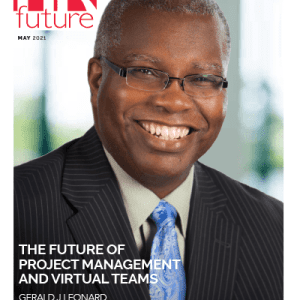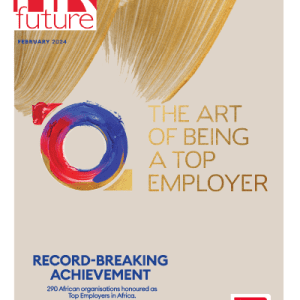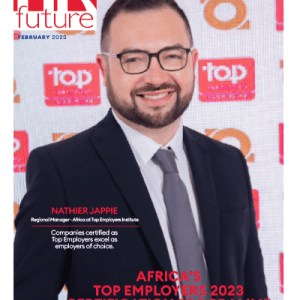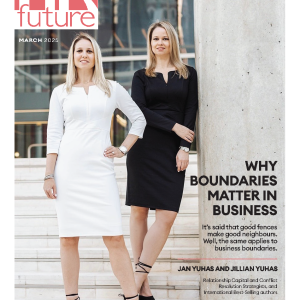Building up employees in the workplace and developing people from the ground up has become a prominent way to grow an organisation.
Skills Management programmes also known as Talent Management, are designed to leverage the skills that already exist in an organisation by developing each one to its full potential.
Programmes such as these integrate Human Resource components by attracting, selecting, developing, appraising, rewarding and retaining the best people in an organisation.
HR departments should formulate and tailor a skills management programme according to the organisational needs but in effect, management should be the ones driving and implementing each step.
An effective skills management programme will be a guide to building leaders up from within an organisation.
To ensure the success of any skills management programme 9 steps should be implemented:
Step 1: Get commitment
A skills management programme needs the support of the senior executive or CEO as they should be the ones driving the programme in order for the desired outcome to be reached. However, getting the CEO on board may take a little convincing. It’s a good idea to communicate the goals to the CEO so that they are fully aware of the drive behind the skills management programme.
At this stage the objectives of a skills management programme should be set. The overall objectives should be to prepare employees for promotion, to prepare employees for future challenges and to create an environment for mentoring key employees as a way to monitor and nurture their skills.
Step 2: Analyse the work and the people
Analysing each department in an organisation and evaluating each employee’s role is crucial. The aim is to find out which employees are currently successful in their role and which ones may need a little help. While job descriptions have many flaws, they are still necessary to clearly explain work activities and the results essential to good work performance.
Step 3: Recruit and select skills
There are two ways to source skills. Recruit new employees with experience in a specific field or cultivate and develop skills from within an organisation. However, when recruiting individuals from outside a certain amount of training and up-skilling will need to commence anyway, as individuals will still need to be developed if they are to keep their skills current.
Step 4: Evaluate performance
Evaluating performance also refers to performance management which is the process of planning, managing and appraising employee performance over time. This step is vital in a skills management programme because no organisation wants to promote people who are not performing their current jobs effectively.
Each employee should be evaluated based on the results they have achieved on their current productivity, competencies and behaviours. However, having said that, success of an employee in a current position does not guarantee they will perform well at a higher level of responsibility.
Step 5: Analyse the work and people needed in the future
“It hardly needs to be said that the business world is a dynamic place. Change is the only constant. For this reason, the job descriptions and competency models prepared today do not necessarily indicate what work requirements and competencies will be needed in the future, if the organisation is to achieve its strategic objectives,” explains De Lucia.
Every skills management programme should be aligned with the organisations strategic objectives as the strategic objectives outline the work to be performed.
Step 6: Evaluate potential
It’s not always fair to judge employees based on past performance because higher-level positions require employees to possess certain competencies that in a lower-level position they may not have needed to perform. How then does an organisation determine whether individuals are promotable?
Potential Assessments can be implemented, which is an objective way to asses each employees performance at a higher level of responsibility.
Step 7: Develop people
The key to developing employees is to ensure that it is a daily occurrence as most development occurs on the job and in the context of work activities. The challenge for managers is to build individuals capabilities and at the same to encourage them to tackle new challenges that build their competencies, to help prepare them for the future.
Step 8: Retain the best people
Once skilled individuals have either been recruited or developed, the focus needs to be shifted to retention efforts. Just as time and effort has gone into developing the right individuals so should as much time and effort be put into a well-planned retention strategy.
De Lucia says, “in short, how managers interact with people is important in the ‘stay or leave’ decisions of employees. When individuals feel that they have been mistreated by a supervisor, they begin looking for alternative employment.”
Step 9: Evaluate program results
Success of the skills management programme is determined by the results. The results can be measured by answering the following questions:
· How well is the program achieving the measurable objectives established?
· How many people are available and ready to perform, when any vacancy occurs?
· How quickly can those qualified people be identified, selected, and oriented?
· What kind of people are available and ready to perform, when any vacancy occurs?
Neville De Lucia is the New Business Development Director at Dale Carnegie Training.















































































